Chlorine Tablets
Chlorine Tablets are thicker than other pool chlorine tablets, allowing them to dissolve slower and protect your pool water for longer. Moreover, 3 inch chlorine tablets are the ideal size for your floaters or automatic feeders. These industry-leading chlorine tabs have 90% available stabilized chlorine for long lasting sanitizing power. floaters or automatic feeders. These industry-leading chlorine tabs have 90% available stabilized chlorine for long lasting sanitizing power.
How to use chlorine tablets:
Add 1-2 chlorine tablets to every 10,000 gallons of pool water.
For best results, we recommend testing the chlorine level once per week.
Increase dosage after heavy use, rain or warm temperatures.
You must be logged in to post a review.
Related products
Aksa Nobel Potassium Carbonate Germany
Potassium carbonate is the inorganic compound with the formula K2CO3. It is a white salt, which is soluble in water. It is deliquescent, often appearing as a damp or wet solid. Potassium carbonate is mainly used in the production of soap and glass.
History
Potassium carbonate is the primary component of potash and the more refined pearl ash or salts of tartar. Historically, pearl ash was created by baking potash in a kiln to remove impurities. The fine, white powder remaining was the pearl ash. The first patent issued by the US Patent Office was awarded to Samuel Hopkins in 1790 for an improved method of making potash and pearl ash.
In late 18th century North America, before the development of baking powder, pearl ash was used as a leavening agent for quick breads.
Aluminium chlorohydrate
Aluminium chlorohydrate is a group of specific aluminum salts having the general formula AlnCl(3n-m)(OH)m. It is used in cosmetics as an antiperspirant and as a coagulant in water purification.
In water purification, this compound is preferred in some cases because of its high charge, which makes it more effective at destabilizing and removing suspended materials than other aluminum salts such as aluminium sulfate, aluminium chloride and various forms of polyaluminium chloride (PAC) and polyaluminium chlorisulfate, in which the aluminum structure results in a lower net charge than aluminium chlorohydrate. Further, the high degree of neutralization of the HCl results in minimal impact on treated water pH when compared to other aluminium and iron salts.
Aluminum chlorohydrate is one of the most common active ingredients in commercial antiperspirants. The variation most commonly used in deodorants and antiperspirants is Al2Cl(OH)5.
Aluminum chlorohydrate is also used as a coagulant in water and wastewater treatment processes to remove dissolved organic matter and colloidal particles present in suspension.
Safety
The Food and Drug Administration considers the use of aluminum chlorohydrate in antiperspirants to be safe and it is permitted in concentrations up to 25%.
Antiskalant
Inhibitor of salt sedimentations Antiskalant Vitek 3000 allows
to prevent formation of a deposit of slightly soluble inorganic compounds on a surface of membranes in systems of water treatment.
Antiskalant of the Vitec 3000 Brand for the membrane Filmtec elements of the Dow company.
Antiskalant of the ROPUR RPI-3000A Brand for the membrane TORAY elements.
The Antiskalant (antiskalyant, inhibitor of deposits) is intended for prevention of adjournment of a deposit which is formed by insoluble compounds of iron in water, carbonates of shchelochnozemelny and some other metals, on a surface of membranes water purification installations. This reagent is recommended for protection of polyamide membranes.
Application of an antiskalant in practice consists in exact dispensing of reagent in the initial water arriving on installation of the return osmosis (nanofiltration).
Our company at design and production of membrane installations uses two types of inhibitors of salt sedimentations (Antiskalantov) of the membrane elements recommended by producers.
Bleach
Bleach is the generic name for any chemical product which is used industrially and domestically to remove color from a fabric or fiber or to clean or to remove stains in a process called bleaching. It often refers, specifically, to a dilute solution of sodium hypochlorite, also called "liquid bleach".
Many bleaches have broad spectrum bactericidal properties, making them useful for disinfecting and sterilizing and are used in swimming pool sanitation to control bacteria, viruses, and algae and in many places where sterile conditions are required. They are also used in many industrial processes, notably in the bleaching of wood pulp. Bleaches also have other minor uses like removing mildew, killing weeds, and increasing the longevity of cut flowers.
Bleaches work by reacting with many colored organic compounds, such as natural pigments, and turning them into colorless ones. While most bleaches are oxidizing agents (chemicals that can remove electrons from other molecules), some are reducing agents (that donate electrons).
Chlorine, a powerful oxidizer, is the active agent in many household bleaches. Since pure chlorine is a toxic corrosive gas, these products usually contain hypochlorite which releases chlorine when needed. "Bleaching powder" usually means a formulation containing calcium hypochlorite.
Dishwashing Liquid 10 and 20 liters
Dishwashing liquid (BrE: washing-up liquid), known as dishwashing soap, dish detergent and dish soap, is a detergent used to assist in dishwashing. It is usually a highly-foaming mixture of surfactants with low skin irritation, and is primarily used for hand washing of glasses, plates, cutlery, and cooking utensils in a sink or bowl. In addition to its primary use, dishwashing liquid also has various informal applications, such as for creating bubbles, clothes washing and cleaning oil-affected birds.
Dishwashing detergents for dishwashers are manufactured and marketed variously as cartridges, gel, liquids, pacs, powder, and tablets. Any dishwashing liquid may contain bleach, enzymes, or rinsing aids. Some dishwashing detergents may be homemade, using ingredients such as borax, essential oil, eucalyptus oil and grated bar soap, among others.
Dishwashing detergents can be formulated to work under different circumstances. In some cases suitably formulated they can be used with cold water or sea water, although they will not generally work as well as those intended for, and used with, hot water.
Ferric Chloride
Iron(III) chloride is the inorganic compound with the formula (FeCl 3). Also called ferric chloride, it is a common compound of iron in the +3 oxidation state. The anhydrous compound is a crystalline solid with a melting point of 307.6 °C. The color depends on the viewing angle: by reflected light the crystals appear dark green, but by transmitted light they appear purple-red.
Anhydrous
Anhydrous iron(III) chloride has the BiI3 structure, with octahedral Fe(III) centres interconnected by two-coordinate chloride ligands.
Iron(III) chloride has a relatively low melting point and boils at around 315 °C. The vapour consists of the dimer Fe 2Cl 6 (cf. aluminium chloride) which increasingly dissociates into the monomeric FeCl 3 (with D3h point group molecular symmetry) at higher temperature, in competition with its reversible decomposition to give iron(II) chloride and chlorine gas.
Hydrates
In addition to the anhydrous material, ferric chloride forms four hydrates. All forms of iron(III) chloride feature two or more chlorides as ligands, and three hydrates feature FeCl4−.
- hexahydrate: FeCl3.6H2O has the structural formula trans-[Fe(H2O)4Cl2]Cl.2H2O
- FeCl3.2.5H2O has the structural formula cis-[Fe(H2O)4Cl2][FeCl4].H2O.
- dihydrate: FeCl3.2H2O has the structural formula trans-[Fe(H2O)4Cl2][FeCl4].
- FeCl3.3.5H2O has the structural formula cis-[FeCl2(H2O)4][FeCl4].3H2O.
Formaldehyde
Formaldehyde (systematic name methanal) is a naturally occurring organic compound with the formula CH2O (H−CHO). The pure compound is a pungent-smelling colourless gas that polymerises spontaneously into paraformaldehyde (see Formaldehyde#Forms), hence it is stored as an aqueous solution (formalin). It is the simplest of the aldehydes (R−CHO). The common name of this substance comes from its similarity and relation to formic acid.
Formaldehyde is an important precursor to many other materials and chemical compounds. In 1996, the installed capacity for the production of formaldehyde was estimated at 8.7 million tons per year. It is mainly used in the production of industrial resins, e.g., for particle board and coatings.
In view of its widespread use, toxicity, and volatility, formaldehyde poses a significant danger to human health. In 2011, the US National Toxicology Program described formaldehyde as "known to be a human carcinogen"
Solid paraffin
Paraffin wax (or petroleum wax) is a soft colorless solid derived from petroleum, coal or shale oil that consists of a mixture of hydrocarbon molecules containing between twenty and forty carbon atoms. It is solid at room temperature and begins to melt above approximately 37 °C (99 °F), and its boiling point is above 370 °C (698 °F). Common applications for paraffin wax include lubrication, electrical insulation, and candles; dyed paraffin wax can be made into crayons. It is distinct from kerosene and other petroleum products that are sometimes called paraffin.
Un-dyed, unscented paraffin candles are odorless and bluish-white. Paraffin wax was first created by Carl Reichenbach in Germany in 1830 and marked a major advancement in candlemaking technology, as it burned more cleanly and reliably than tallow candles and was cheaper to produce.
In chemistry, paraffin is used synonymously with alkane, indicating hydrocarbons with the general formula CnH2n+2. The name is derived from Latin parum ("barely") + affinis, meaning "lacking affinity" or "lacking reactivity", referring to paraffin's unreactive nature.







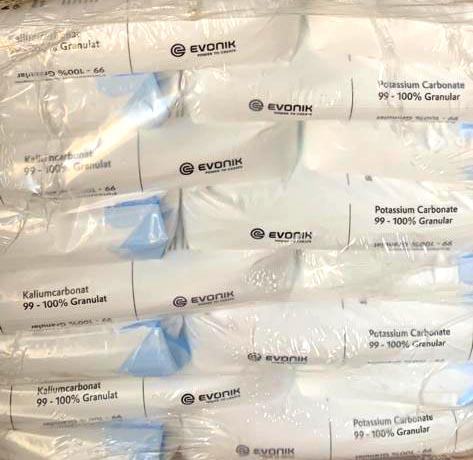



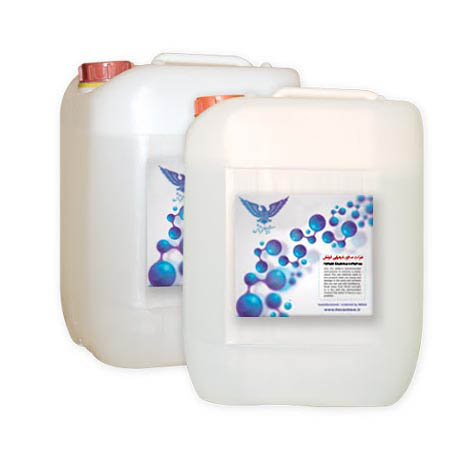

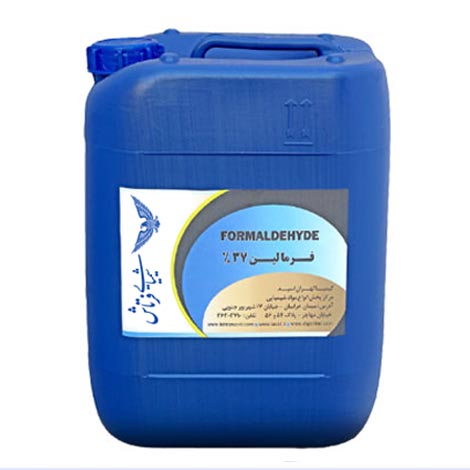
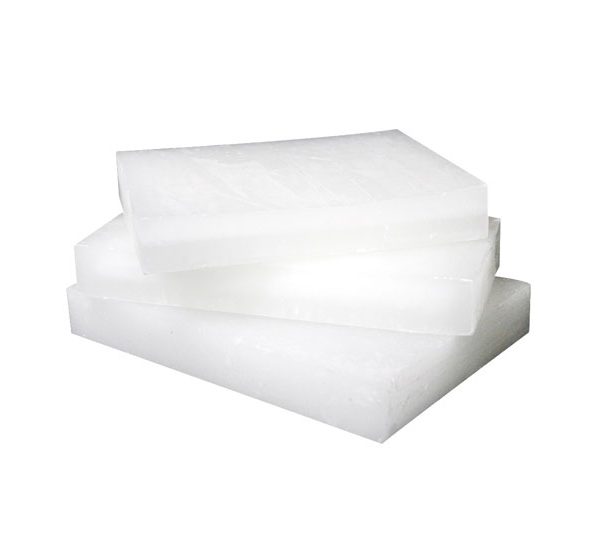

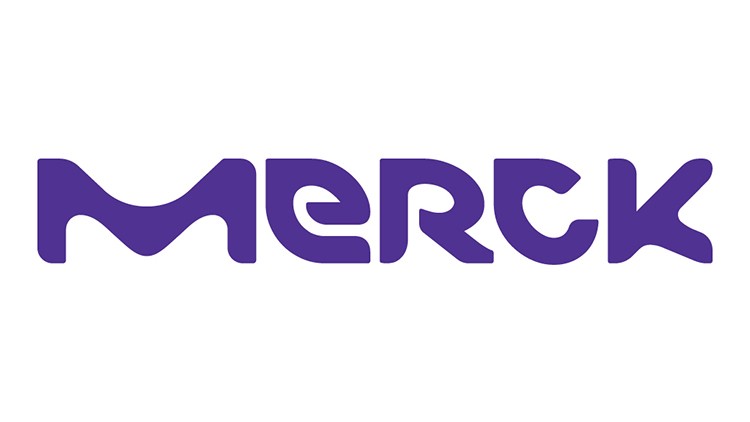
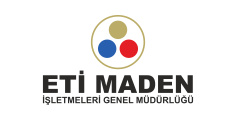




Reviews
There are no reviews yet.